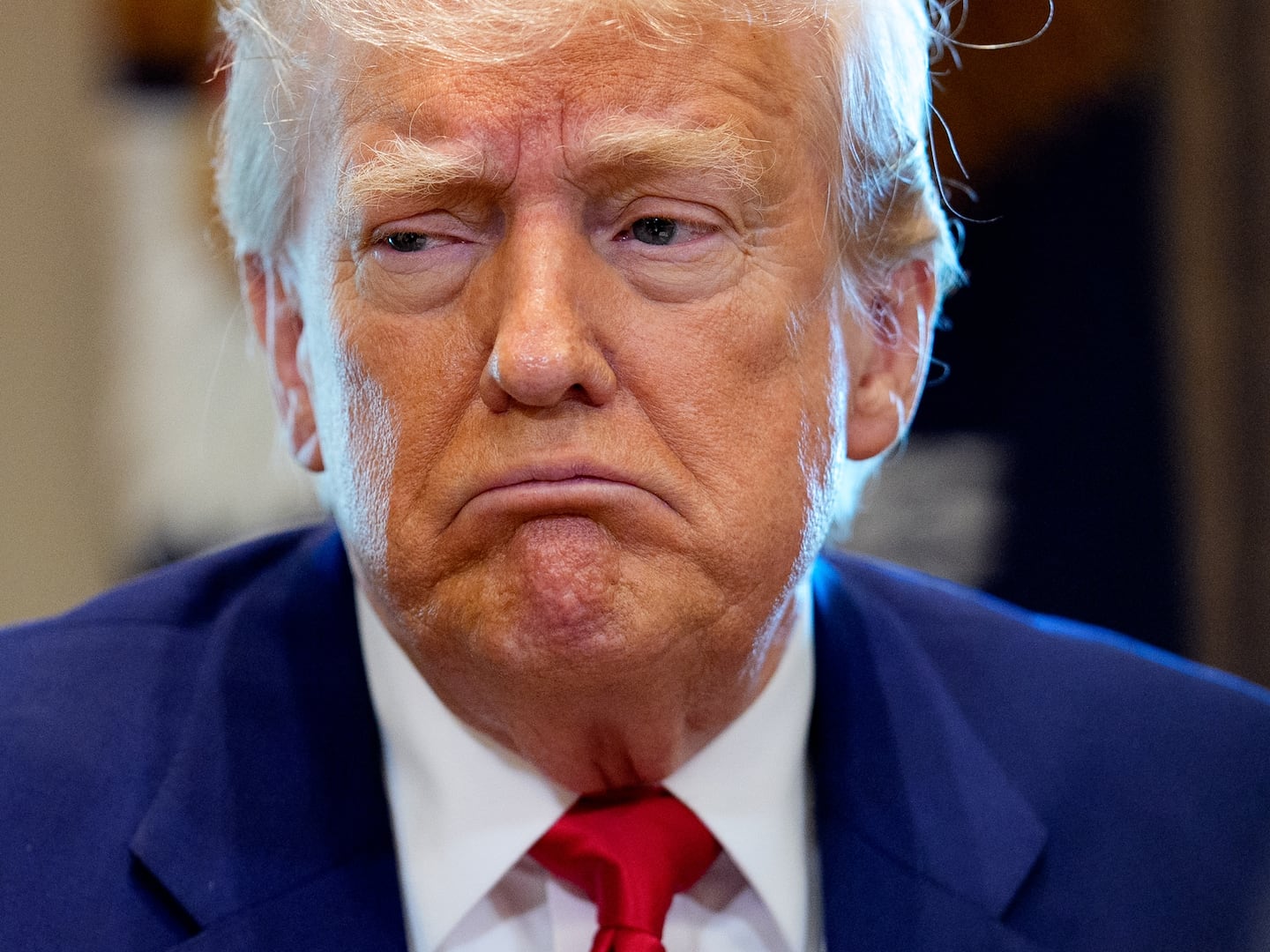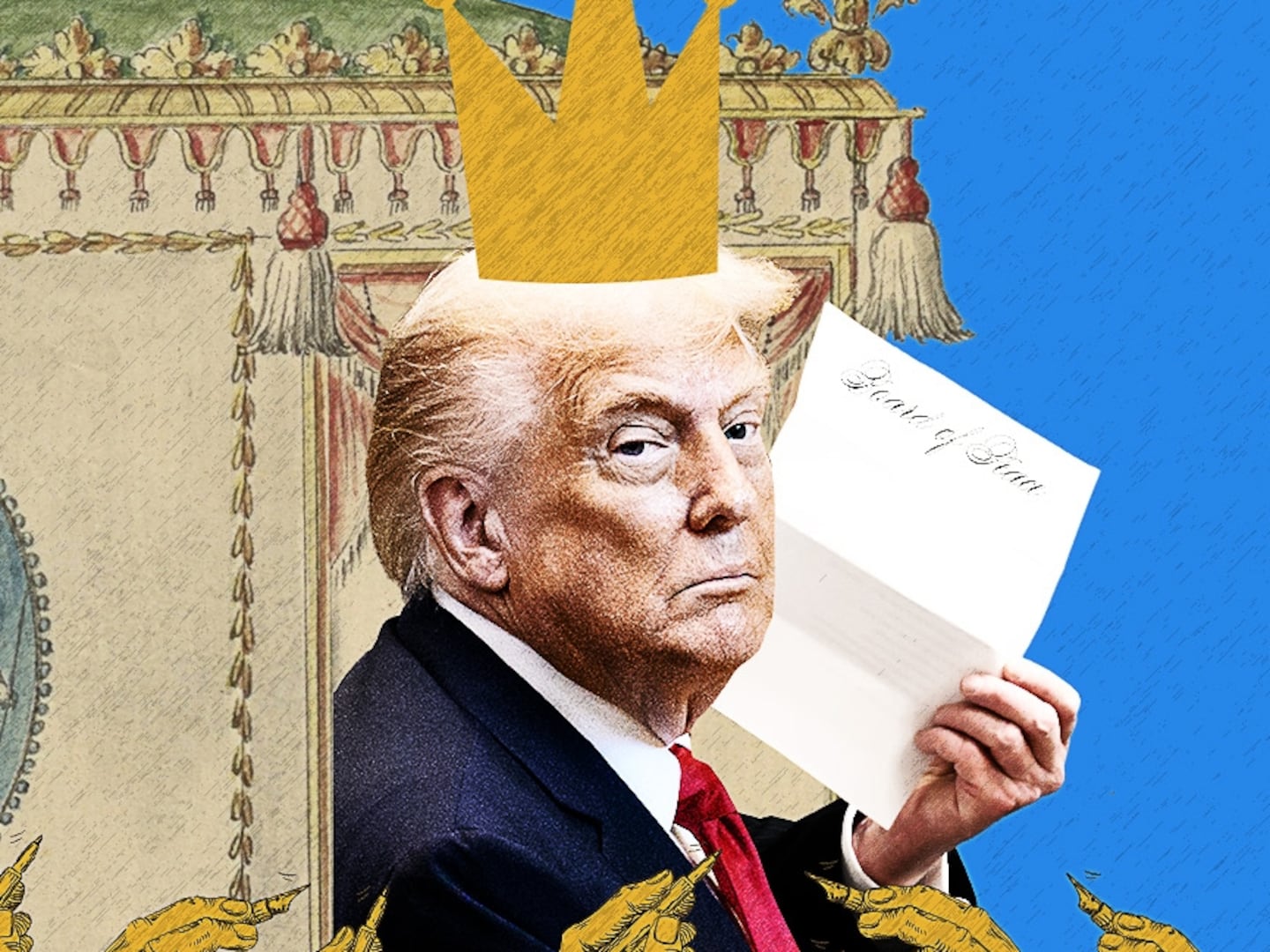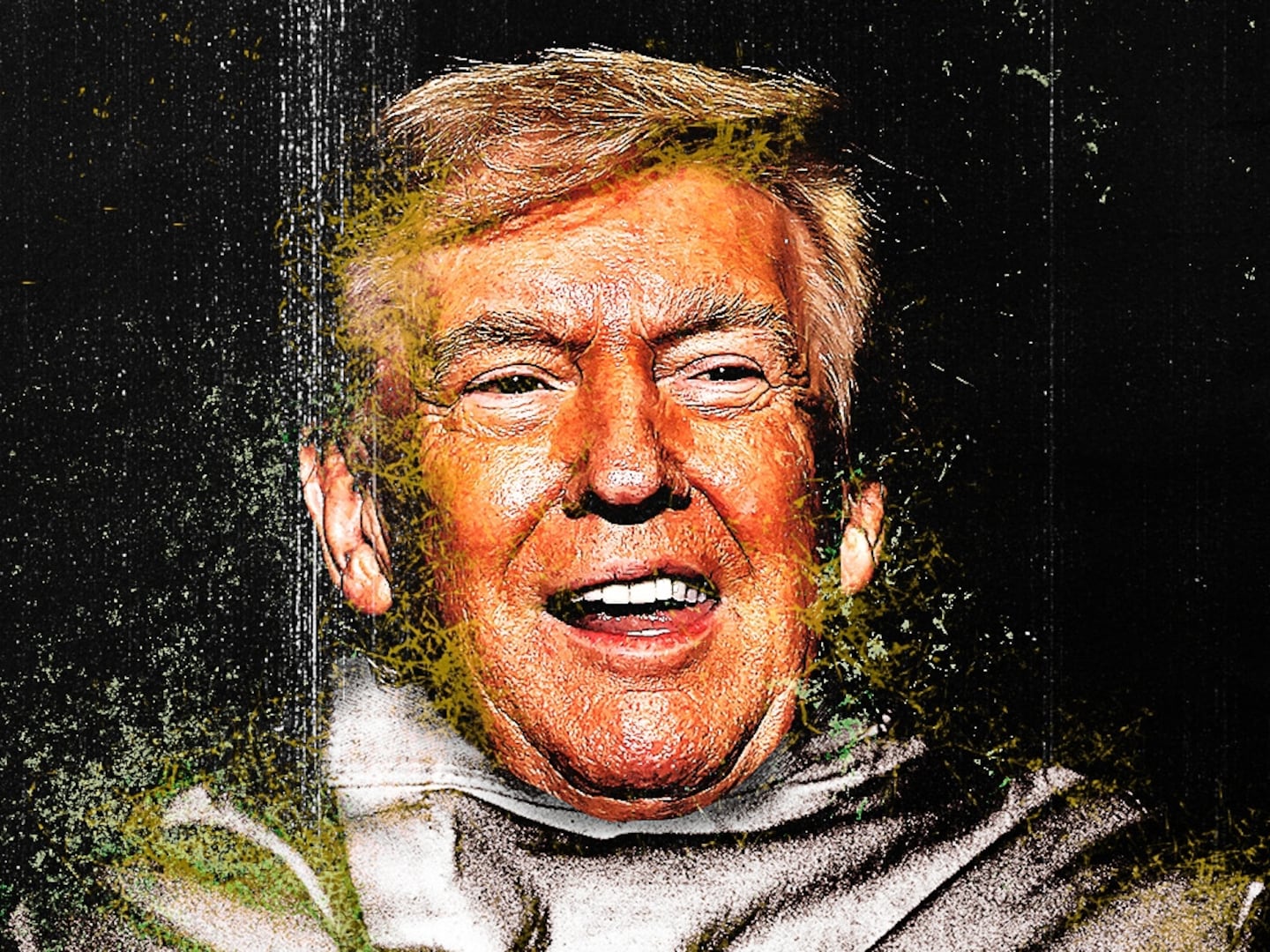Think of it as the most disastrous game of telephone in modern medical history.
In 1980, Dr. Hershel Jick at Boston University’s School of Medicine wrote a five-sentence Letter to the Editor that was published in The New England Journal of Medicine. In 100 words, Jick offered an observation from his extensive files: in about 12,000 hospitalized patients treated with narcotics, there had been only four cases of addiction among those without prior histories. And so, Jick concluded, the risk of dependency was rare.
The observation was made without accompanying data and included no information about patients’ conditions, length of treatment, or methods used to produce such an observation.
Doctors, nurses, researchers, and pharmaceutical representatives took the letter and generalized it to assert that less than one percent of all people prescribed opioids were at risk of becoming addicted—a narrative we now know to be false, as the country is currently in the throes of what the Centers for Disease Control and Prevention (CDC) has called “the worst drug overdose epidemic in history.” Overdose deaths from prescription opioids have quadrupled since 1999, killing more than half a million people, nearly 100 every single day.
“The paper had no informational value,” David Juurlink, head of the division of Clinical Pharmacology and Toxicology at Sunnybrook Health Sciences Centre in Toronto, told The Daily Beast. “But that didn’t stop people from citing [it].”
The extent of that letter’s spread was analyzed by Juurlink and his colleagues, Pamela Leung, Erin Macdonald, Matthew Stanbrook, and Irfan Dhalla, and is published as a Letter to the Editor in The New England Journal of Medicine’s forthcoming issue. They found 608 examples of citations, and upon further analysis determined a majority of them to be uncritical of the original letter’s findings, with a sizable increase after the 1995 introduction of the most notorious prescription opioid, OxyContin.
Juurlink and his colleagues found that the authors of 439 articles (72.2 percent of the total) cited the 1980 letter as evidence that risk of addiction was rare. The authors of 491 articles (80.8 percent) failed to include the fact that Jick’s patients were older and hospitalized at the time they received the prescription, a very different population than arthritis and back-pain sufferers who were soon to be prescribed opioids to manage more common pain outside of a hospital staff’s watchful eye. And some authors, the report says, “grossly misrepresented” the conclusions of the letter, as in a 2006 paper that used the letter to assert: “The medical evidence overwhelmingly indicates that properly administered opioid therapy rarely if ever results in ‘accidental addiction’ or ‘opioid abuse.’”
“We believe that this citation pattern contributed to the North American opioid crisis by helping to shape a narrative that allayed prescribers’ concerns about the risk of addiction associated with long-term opioid therapy,” Juurlink and his colleagues conclude.
“The citation was sloppy but the effect was powerful,” Juurlink said. “Not only has the paper been cited heavily and uncritically, but the bulk of the citations reaffirmed the paper’s incorrect message. It’s also clear when you go to the citing articles that many didn’t even read the letter and in several instances it’s clear that instead of citing the letter, they’ve actually cited a recent article that cited the letter to the editor.”
That kind of academic telephone, Juurlink explained, was due in part to the barriers placed on access to academic journals.
“Even in 2008, if you wanted to read that 1980 letter, you couldn’t get it online. You’d have to go to a library, get a dusty copy of the most prestigious journal in medicine off the shelf.”
In the 1990s, doctors reserved opioids for cancer patients, rightly fearing the risk of addiction. The spread of Jick’s letter helped allay that fear.
“It was so effective was because it was a message doctors wanted to hear,” Juurlink explained. “We’re in the business of alleviating suffering. That’s the primary goal of medical care, and pain is the most primary source of suffering. So to suddenly be told that we didn’t need to fear opioids in a way we historically had was quite powerful from a marketing perspective, but also a message we deeply wanted to believe, and one that was exploited by people who wanted to see opioids used more often.”
The forthcoming letter to the editor also mentions the 2007 guilty pleas and hundreds of millions of dollars in fines paid by OxyContin’s manufacturer and three senior executives on federal criminal charges that they misled regulators, doctors, and patients about the drug’s dangers.
Journalist Sam Quinones reported the original letter’s contribution to the genesis of the opioid epidemic and resulting heroin crisis in Dreamland: The True Tale of America's Opiate Epidemic, and even interviewed Jink. “That particular letter, for me, is very near the bottom of a long list of studies that I’ve done,” Jink told Quinones. “It’s useful as it stands because there’s nothing else like it on hospitalized patients. But if you read it carefully, it does not speak to the level of addiction in outpatients who take these drugs for chronic pain.”
The most recent spate of citations, according to Juurlink’s paper, have been predominantly critical of Jink’s conclusions or its usefulness when discussing the current epidemic. Surely that’s progress?
“No,” Juurlink said. “The Jick story is a medical curiosity, but the fact is that the cat is out of the bag, the horse has left the barn, the damage has been done. And it’s not just addiction that’s all over but also faulty pain management—the fact that people are being more critical of the paper doesn’t really matter. We now have to help people with addiction and people with pain, and to do that, we as doctors have to change.”






